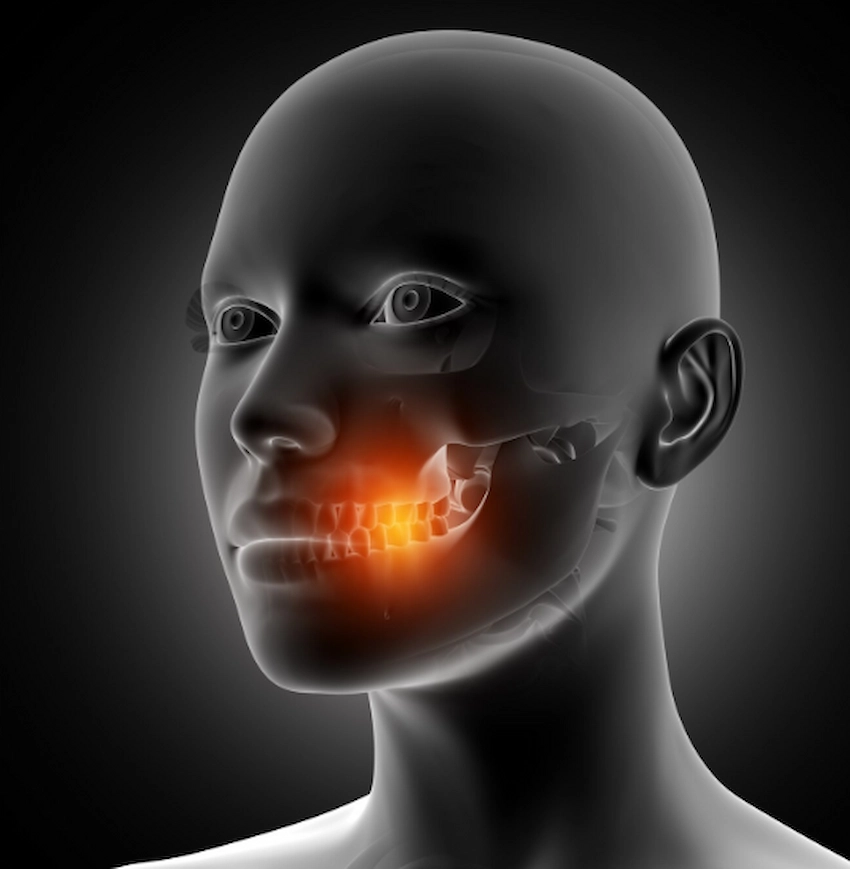🦷 How is a Dental Nerve Removed?

Dental nerve removal, which is often referred to as a root canal treatment, is a procedure that is designed to save an infected or damaged tooth. Although most people shun dental work, this particular process is mandatory in order to avert further pain and damage to one’s teeth. The nerve of a tooth, that is, the pulp, comprises the blood vessels and the nerves that make the tooth lively and healthy. Unfortunately, if the nerve is infected or so deeply decayed that it has suffered severe trauma or undergone several dental procedures, it may cause such agony, and the best solution by that time is to remove the nerve.
This in-depth guide will lead you through the dental nerve removal process, what it looks like inside your tooth, and why natural teeth, sometimes, are not as healthy as they might initially appear. Lema Dental Clinic in Istanbul, Turkey, is known for its superior quality dental services like veneers, implants, and Hollywood Smiles.
How is a Dental Nerve Removed?
The usual way to get rid of a root canal is a procedure called “a root canal”. The dentist will remove the diseased nerve by accessing the infected tooth’s interior. Here is a step-by-step account of the procedure:
- Preparation: The dentist will inject your gums around the tooth that is to be treated with the local anesthetic so there is no pain during the procedure.
- Accessing the Tooth: The dentist is going to create a small opening in the crown of the tooth to get into the pulp.
- Cleaning the Tooth: The dentist, after the opening of the pulp chamber, will remove the infected or dead nerve tissue. The area is thoroughly cleaned using special tools to ensure that this part is devoid of bacteria and debris from the root canals.
- Sealing the Tooth: After the nerve has been taken out, the dentist then proceeds by filling the space with a compatible material that prevents any future infections and seals it. Also, the tooth might be crowned for restoration of its strength and aesthetics in some cases.
Although the idea of a dental nerve being eliminated might sound frightening, the procedure is actually a very common and not at all painful one that can prevent the loss of the tooth through extraction.
What Is A Dental Nerve?

The tooth nerve, commonly referred to as pulp, is the center of your tooth that is made of soft tissue that controls the blood, nerve fibers, and connective tissue in your tooth. It goes from the top of the tooth (crown) down to the roots, and there it gets into contact with the jawbone. The nerve’s main function is to take the nutrients to the tooth and therefore its life.
The nerve is the connector that keeps the tooth in a proper state, assists in the supply of nutrients, ensures hydration, and is a part of the defense mechanism protecting the tooth. But, once the nerve is infected, decaying, or damaged, it can no longer play its role, causing the pain, the swelling, and sometimes the abscess formation (the pockets of pus) from the infection.
The look of a dental nerve is not something that most folks will see, but when the nerve is impaired or inflamed, it may lead to symptoms on the tooth surface, such as color change, puffiness, and soreness. The infection will putrefy your tooth and will even go to the extent of complicating your health further if the revolution is delayed.
How Do You Get Rid of a Painful Dental Nerve?
The process of numbing the aching dental nerve area is critical to ensure that the patient does not feel any pain during the procedure. Before the nerve removal procedure takes place, the dentist will administer a local anesthetic by injection in the gums near the tooth in question. The whole area will be numb so that there won’t be any toothache, and the dentist can carry on with their work without causing any discomfort.
The anesthetic substance is made such that it can endure the root canal operation. If you feel some kind of pain while the operation is going on, you are encouraged to inform your dentist, and the latter will gauge whether the anesthesia needs any changes. The numbness that follows will disappear progressively as the action is executed, and the small after-pains that might arise can also be dealt with using ordinary tissue tablets.
Is Removing a Dental Nerve Painful?

A prevalent misconception among people is that root canal therapy is excruciatingly painful; however, with the help of local anesthetics, the process has become mostly pain-free. To remove the nerve and to clean the tooth, the dentist puts pressure on it with a tool; you may just feel discomfort, but not pain at all.
In the wake of the operation, you could be aching a little, or you could feel some mild pain in the area of the treated tooth for a couple of days. Such feelings are normal conditions, and the dentist’s recommended pain relievers could effectively alleviate them. Also, the agony will gradually vanish as the tooth heals, and the majority of patients can get back to their routine life within a few days. In some situations, there may be increased pain if the tooth is very much infected, but this is not likely. Your dentist will keep an eye on your recovery process to make sure everything is going well.
What are the Symptoms of Dental Nerve Inflammation?
Inflammation of a dental nerve that is colloquially known as pulpitis is an acquired or traumatic infection of the nerve inside the tooth. An inflamed tooth pulp is a result of an untreated cavity or a blow to the tooth that has exposed or damaged the nerve. The brain receives the signals from these sensors… This… recurring… You can sometimes feel pain even if your immune system isn’t working.

The unbearable pain is the most vivid symptom of nerve inflammation, which makes being in the sun an unbearable thing to do. The pain is so severe that eating or drinking anything can further irritate the pain. The swing in the pain level could result in a sharp or pulsating sensation at one time and a continuous throbbing at another time. Neglecting dental pulpitis can lead to more severe forms of pulpitis, such as acute or chronic purulent pulpitis or pulp screaming. The bacteria spread into the deeper layers of the pulp, with the consequence being the development of acute purulent pulpitis…
The “reversible” type of pulpitis refers to a less severe form of an inflamed tooth nerve that can be cured by a single sealing, while the “irreversible ” type of pulpitis refers to a more severe form of an inflamed tooth nerve that cannot be cured by a single sealing. The cause of an infection is one of the most frequent reasons for nerve inflammation, acute pain, and tooth hypersensitivity. The infection is able to lead to an abscess if you don’t seek the help of the dentist in time, and the abscess may bring more serious problems. That’s why the dentist’s visit is a must if you start to feel the nerve inflammation symptoms.
FAQ: How is a Dental Nerve Removed?
The nerve of a tooth, after being removed, will not have sensitivity, and it does not feel pain, or changes in temperature, for example. Still, the same tooth can be functional but not flawless, thus needing a restoration like a crown to retain its former shape and beauty.
The death of a tooth’s nerve might be your suspicion if the tooth undergoes a color change, is in pain, or is overly sensitive to temperature. You can get it confirmed by your dentist if the nerve is already dead by undergoing a series of tests and taking X-rays.
The area that hurts because of the tooth’s nerve root is most frequently the tooth itself, but the pain can extend to the jaw, ear, or even further to the head. The pain can be a constant one or it can also be on and off, depending on how bad the infection is.
When the nerve is taken out of the tooth, the dentist proceeds to clean the hollow space in the tooth using dental tools that are designed to remove all of the infection-causing bacteria, lying tissue, and every bit of dirt. The cleaning is carried out in such a way as to ensure that all infection is removed before the hole is sealed with a temporary filling.
Painkillers, such as ibuprofen or acetaminophen, bought over the counter, can help alleviate the nerve pain in the tooth by reducing inflammation. In any case, the dentist may suggest other remedies, for instance, antibiotics or a root canal, so as to completely remove the source of the pain.




